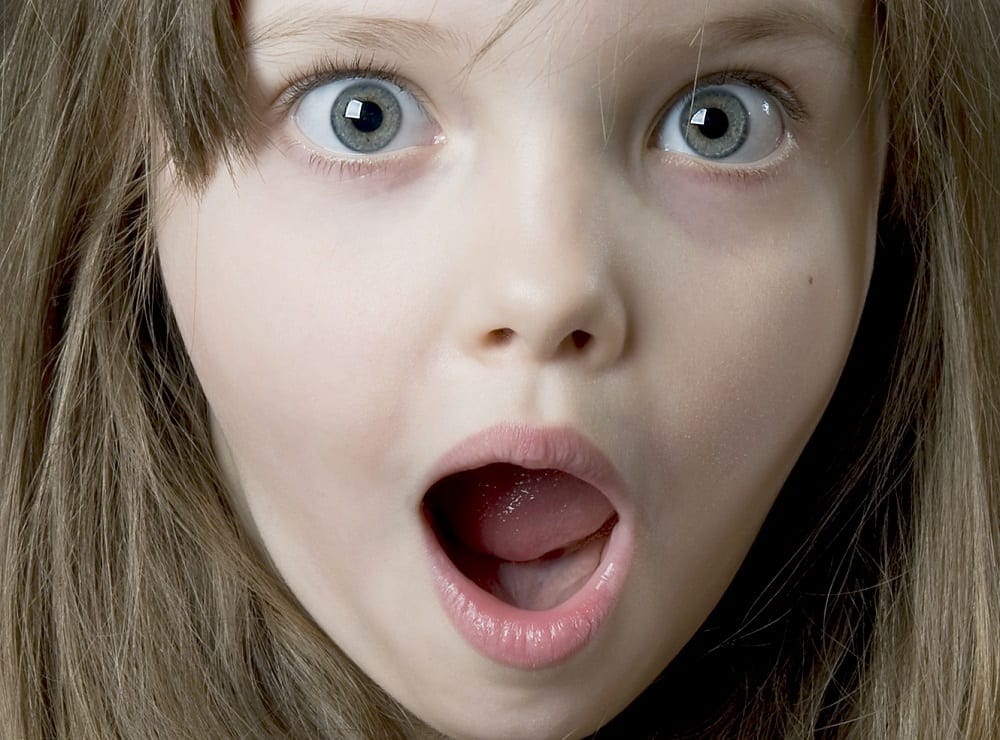“Brush your teeth”
“I did”
“Do it better, your breath is stinky”
Your child is always protesting that he’s done his best when brushing his teeth and yet his breath is still well, revolting. Bad breath in kids is pretty common. As “trainee” tooth brushers, their little mouths are susceptible to bacterial “pockets” that they miss when they’ve still got their dental hygiene “P Plates” on. But what if your child insists he’s doing a great job but his breath is still stinky? Bad breath can be a sign of some more serious issues going on.
Causes of halitosis in kids
Halitosis (bad breath) in children can indicate a few things, some more serious than others. Bad breath can originate from the mouth or be a symptom of throat or digestion issues. Rapid weight loss, some medications, having a “dry mouth” can all cause bad breath in kids. These can also be “signs” that something serious is wrong, so it’s vital to get to the root of the problem.
Most commonly though, bad breath in kids is a symptom of imbalance in their mouth’s “ecosystem”. Like their tummies, the balance of bacteria is vital for good health. In the mouth there’s three main candidates for bacterial imbalance and they produce very specific “gas signatures”. These are tricky little suckers who can build a pocket around themselves, and no amount of brushing and mouthwash can fix it. Yes, it’s gross but it’s vital to get a proper diagnosis for your child’s health.
The usual suspects
Hydrogen sulphide: If your child’s breath smells of “rotten eggs” chances are you’ve got a bacterial infection producing hydrogen sulphide gas. This can be the result of half-hearted brushing or it can come from a diet high in Cysteine (dairy and eggs – and yes, milk is still good for teeth).
Methyl mercaptan: This gas is often a symptom of Periodontal Gum Disease, a very common condition where inflammation around the tooth causes “pockets” for bacteria to infect. The result… well, there’s no nice way to put this – is “Poo Breath”. methyl mercaptan is the gas released by the bacteria and they smell like a sewer. This is also pretty common in kids who drink a lot of milk and love their eggs – dairy and eggs can create “poo breath” too.
Dimethyl sulphide: If your child’s breath smells a bit “cabbage-like” chances are he has a dimethyl sulphide imbalance in his mouth. This is most likely caused by a nasal or throat infection or issues with well, snot.
Diagnosis, treatment and prognosis
This could be the only time EVER a dentist tells your child to drink less milk and eat more lollies. I’m not kidding.
Diagnosis is done by a dentist with a “Halicheck” machine. This is where a sample of your child’s breath is taken and the machine analyses the gas “signatures” in his mouth. Once the offending gas is scientifically diagnosed and confirmed, the dentist will make dietary recommendations, oral hygiene recommendations and then recommend a course of treatment. These machines aren’t available at all dental practices (in fact, they’re hard to find) – click here to find halitosis tests in Brisbane.
The most common course of treatment is lollies. Happy days for kids with bad breath really! The bad news is, it’s not red frogs and snakes. The dentist will prescribe probiotic lozenges (just like the probiotics you take for tummy troubles) that your child will need to suck for about two weeks. These flood your child’s mouth with “good bacteria” that can infiltrate the “pockets” that anti-biotics and mouthwash can’t reach.
After the course of lozenges your child will need to return to the dentist for a second breath test to ensure that the problem has been properly corrected. If issues remain, your child may be referred to a doctor for further tests. In many cases, though, bad breath in kids can be completely cured in under a month.
If your child has stinky breath, don’t delay diagnosis and treatment as it can lead to long term dental issues. Bad breath in kids is pretty common and the diagnosis and treatment is simple, non-invasive and affordable. Learn more here or here.
Want to make teeth brushing fun? Check out our article here.



